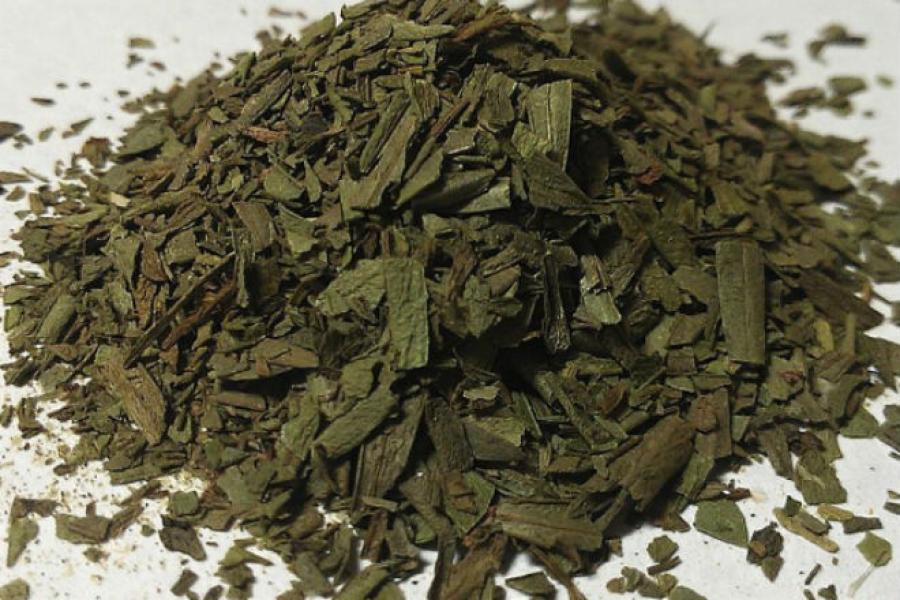Tarragon
Tarragon is one of the sweet flavored herbs.
It delivers flavor and aroma to many traditional dishes in French cuisine.
Tarragon, which is derived from Latin, means “little dragon” and the name probably makes reference to its supposed ability to cure snake bites and those form other poisonous animals.
Tarragon was used to treat heart and liver disorders in medieval times.
How to identify tarragon
Tarragon has an herbaceous stem and long, thin, darkish green leaves. There are two varieties, French and Russian tarragon. French tarragon is more tender and aromatic. The Russian variety has broader leaves and a bitter flavor.
How to use and store tarragon
Tarragon has a distinctive flavor, easy to identify in the dishes to which it is added, perfect to add aroma to vinegar or mustard, very good in marinades and sauces. Tarragon is one of the fines herbes along with chives, chervil and parsley. Chopped fresh leaves added to the end of cooking go well with fish and eggs. Tarragon is also used for pickles, specially gherkins, onions, capers and peppers.
Tarragon freezes and dries well.
Cooking with tarragon
Tarragon is the only herb flavoring the famous Bearnaise sauce, the creamy tarragon chicken or these French style peas recipe.
Buffet tarragon chicken recipe
1 whole 3 lb chicken, no giblets
2 sprigs of tarragon,
1 carrot, peeled and coarsely sliced
1 onion, quartered
1 celery stalk
Fill a large pot with enough water to cover the chicken, add salt and take it to the boil. Add tarragon and vegetables. Cook the chicken in this stock for 1 hour.
Drain and cut into pieces, discarding the skin. Serve cold with tarragon vinaigrette.
Tip - Don't discard the broth, it will make great soups and sauces.
Experiment
To prepare a lemon and herb butter sauce for fried, boiled or steamed fish, melt 1 2 Tbs butter with the juice from half lemon and add 1 tsp fresh chopped tarragon, 1 tsp fresh chopped parsley, 1 tsp fresh chopped basil and 1 crushed clove of garlic.
Russian tarragon young leaves are good in salads and cooked food. The young stems in early spring can be cooked as an asparagus substitute.
How to grow tarragon
Though French tarragon is the variety generally considered best for the kitchen, it is very difficult, almost impossible, to grow it from seed, but Russian tarragon can be grown this way.
Russian tarragon is a far more hardy and vigorous plant, spreading at the roots and growing over a meter tall. This tarragon actually prefers poor soils and happily tolerates drought and neglect. It produces many more leaves from early spring onwards. Grow indoors from seed and plant out in the summer. The spreading plant can be divided easily.
artemisia dracunculus (compositae)
English - tarragon
French - estragon
German - estragon, küchenkraut
Italian - dragoncello, estragone
Spanish - estragón
Dutch - dragon.
Tarragon and daisies belong to the same family.

